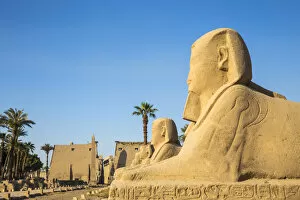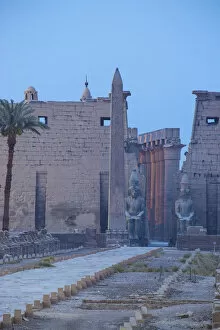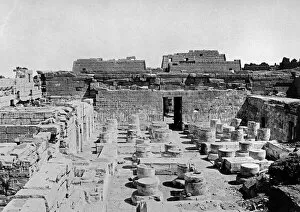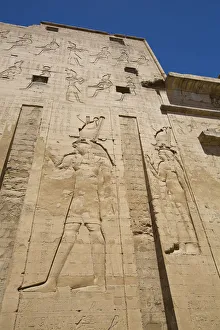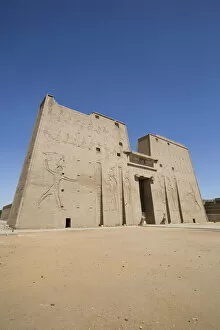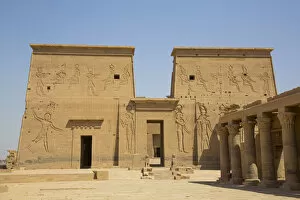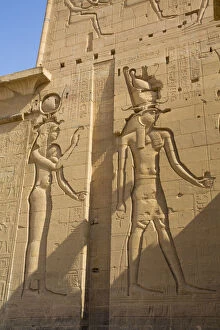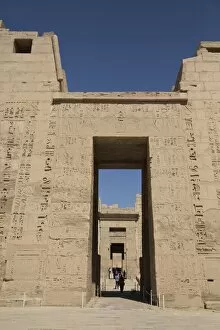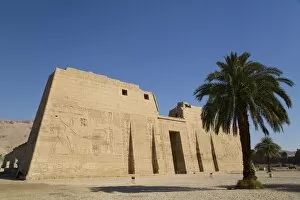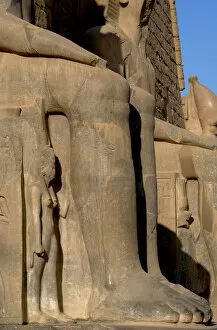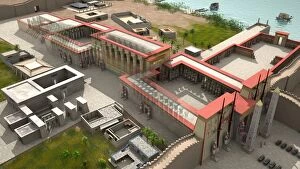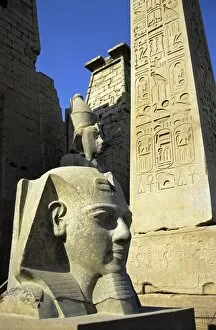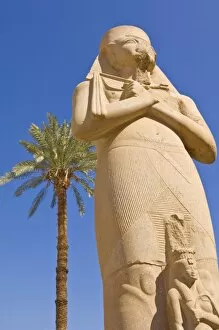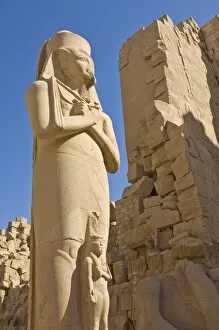First Pylon Collection
The first pylon stands tall, a magnificent entrance to the ancient Luxor Temple in Egypt
For sale as Licensed Images
Choose your image, Select your licence and Download the media
The first pylon stands tall, a magnificent entrance to the ancient Luxor Temple in Egypt. As you walk along the Avenue of Sphinxes, you can't help but be awestruck by its grandeur. The obelisk at the entrance commands attention, a symbol of power and divinity. Step inside and discover the Hall of Columns, frozen in time since 1906 as captured in a black and white photograph. Traveling further south to Edfu, another First Pylon awaits at the Temple of Horus. Here, a bas relief depicting the mighty God Horus greets visitors on their journey through ancient Egyptian history. This temple stands proudly amidst North Africa's vast landscapes. Venturing westward to Philae Island in Aswan, we find yet another remarkable First Pylon at the UNESCO World Heritage Site of the Temple of Isis. Its East Colonnade beckons explorers with its timeless beauty. Throughout Luxor Temple and beyond, echoes of history resonate within each First Pylon encountered along these sacred avenues. They stand as gateways into an enchanting world where gods once walked among mortals and legends were born. Egypt's rich heritage is beautifully preserved within these architectural marvels that have withstood centuries of time. So come forth and immerse yourself in this captivating land where every step reveals secrets from our past – for it is here that history truly comes alive.

